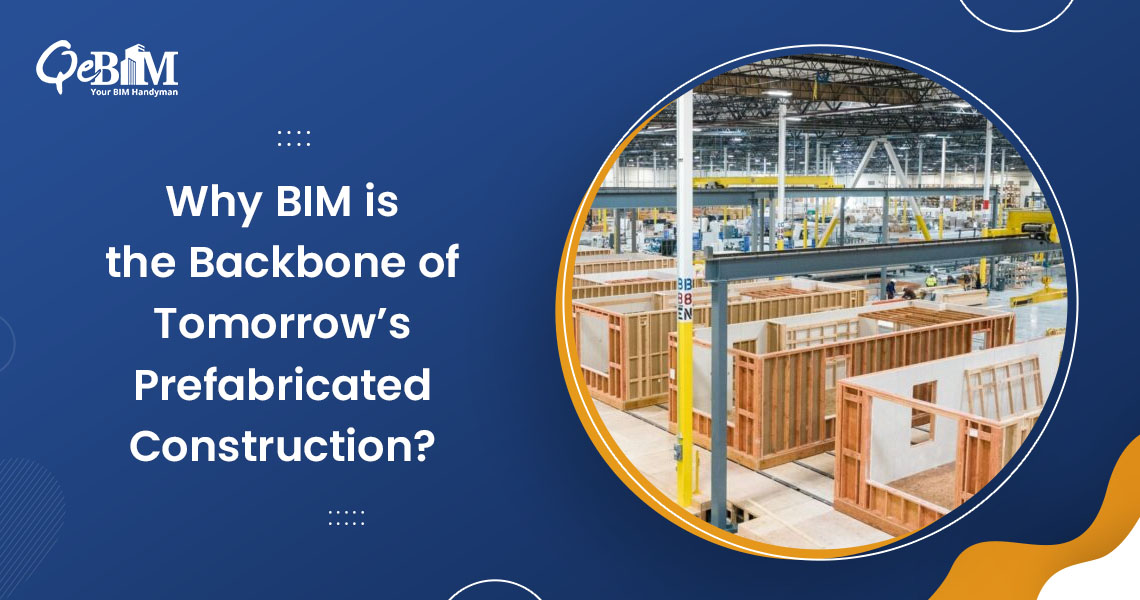Introduction
The UK economy benefits greatly from the £110 billion that the construction sector generates each year and the 2.4 million people it employs. The industry includes an extensive variety of operations, such as the construction of infrastructure, office, and residential buildings, as well as the upkeep and renovation of already-existing buildings. Notwithstanding its significance, this sector has numerous obstacles that may hinder its development and success. With an emphasis on BIM services and drafting services, we will examine the variables affecting the UK construction industry in the following piece. The sector, nevertheless cannot be impervious to outside forces that have an influence on its expansion and advancement.
1) Infrastructure
Building and maintaining roads, bridges, railroads, airports, and other types of utilities for the public constitutes the creation of infrastructure, which is a crucial component of the construction sector. The UK government is currently implementing a number of infrastructure projects, which includes just to mention a few, HS2, Northern Powerhouse Rail, as well as Crossrail 2. These initiatives are going to promote economic development and generate opportunities for employment throughout numerous locations. Yet, the construction sector confronts difficulties that may affect the completion of projects, including overinflated costs, interruptions, and labor shortages.
2) Housing
With a lack of reasonable housing as well as soaring property values, the UK has encountered a serious housing crunch. By creating new residences and renovating old ones, the construction sector is essential in resolving this problem. The Affordable Homes Program, Help to Buy, as well as Building Safety Fund are just a few of the government’s initiatives to promote home construction. Yet, the construction sector encounters difficulties like a scarcity of trained personnel, complications in obtaining planning approval, and supply chain difficulties, which might affect house-building goals.
3) Government policy
Government policy has a big impact on the construction sector since it decides how much money gets allocated for distinct initiatives and how they are regulated and supported. The National Infrastructure Plan, the Industrial Strategy, including the Construction Playbook are just a few of the initiatives the UK government currently has in place to encourage construction work. These initiatives seek to boost infrastructure spending, encourage inventiveness, and raise profitability. Changes in governmental policy, nevertheless, may produce unpredictability and have an impact on long-term planning in addition to decisions regarding investments.
4) Economic conditions
The state of the economy has a significant impact on the construction sector since it dictates the volume of investment and popularity of new projects. The volume of investment in the construction industry may be impacted by a variety of economic factors, including economic downturns, price increases, as well as interest rates. The UK economy has been significantly impacted by the COVID-19 epidemic, and in 2020, investment in the construction sector will fall. However, the sector has proven to be resilient, and government initiatives like the Construction Talent Retention Scheme have supported the sector through these trying times.
5) Environmental concerns
Since sustainability along with environmental performance has taken center stage in project development, environmental concerns are rising in significance for the construction sector. The building sector is essential to attaining the UK government’s aim of generating net-zero carbon emissions by the year 2050. In order to lessen carbon emissions, the sector is implementing innovative technologies and methods, which include the utilization of renewable energy sources, energy-efficient structures, and environmentally friendly building materials. The industry must overcome obstacles like the substantial expense of implementing such technologies, a dearth of understanding and expertise, and the requirement for new rules.
6) Technological advancements
Innovative technologies have been invented to increase productivity, effectiveness, and security, and this is changing the construction sector. Drones, augmented and virtual realities, along with building information modeling (BIM) are just a few examples of the technologies utilized to improve project design, building, and upkeep. Additionally, such innovations may assist in addressing issues faced by the business, including a labor shortage as well as security problems. The sector must, however, overcome obstacles including the high expense of deploying new technology, and the requirement for new training and skills.
Role of BIM Services
BIM stands for Building Information Modeling, which is a digital depiction of a building that incorporates both its structural and functional details. In recent years, BIM services have grown in popularity in the UK construction sector. During the construction process, BIM software enables better collaboration and communication between designers, engineers, and constructors. BIM services additionally aid in lowering the possibility of mistakes and rework, which helps to build businesses and save money.
Government laws are one thing that is causing the building industry in the UK to use BIM services. By 2016, all public sector projects must employ Level 2 BIM, according to a goal set by the UK government in 2011. The demand for BIM services in the commercial sector has increased as a result of a substantial rise in the adoption of BIM services in the public sector.
The intricate nature of construction projects is another variable influencing the usage of BIM services. By offering a digital model that could be employed for organizing and overseeing diverse components of the project, BIM services assist in managing the convoluted nature of large construction projects. BIM services also aid in enhancing communication among various parties, lowering the risk.
Role of Drafting Services
Another significant issue affecting the UK construction industry is drafting services. The development of precise technical drawings needed in the construction process is a part of drafting services. Engineering professionals, designers, and workers in construction utilize these drawings as a thorough visual representation of the building or structure being built to help them with their planning. The intricacy of construction projects is one element influencing the consumption of drafting services in the UK construction sector. The requirement for precise technical drawings increases as buildings become increasingly complicated. Drafting Services additionally aid in lowering the possibility of mistakes and revisions, which helps construction companies lower their expenses.
The rising demand for environmentally friendly structures is another factor influencing the use of drafting services. Buildings that are sustainable need to have intricate technical drawings that account for things like energy usage, conserving water, and resource utilization. Drafting services may assist in producing thorough technical drawings that make allowances for these elements, resulting in the development of more sustainable structures.
Conclusion
In summary, drawing and BIM Services have a significant impact on the UK construction industry. Whereas drafting services produce precise technical drawings that direct the construction process, BIM services assist in managing the multifaceted nature of large construction projects. Notwithstanding these solutions’ advantages, the UK construction sector has an assortment of difficulties that may hinder its development and success. Infrastructure, housing, governmental policies, economic conditions, environmental concerns, and technological advancements are some of the factors that are influencing UK construction. To guarantee the ongoing expansion and sustainability of building projects, it will be crucial to tackle these issues.





